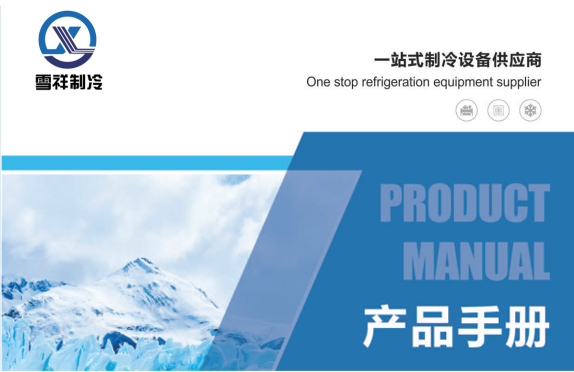chicken coop waterer
Nov . 12, 2024 02:04 Back to list
chicken coop waterer
The Ultimate Guide to Chicken Coop Waterers
Keeping chickens is a rewarding endeavor, whether you’re in it for the fresh eggs, the companionship, or simply the joy of watching them roam. To ensure your flock is healthy and happy, it’s crucial to provide them with fresh water. A well-designed chicken coop waterer is an essential tool for maintaining your chickens’ hydration, especially during the warmer months when they are likely to require more water.
Understanding the Basics
Chickens need a constant supply of clean, fresh water every day. Just like any living creature, they rely on water for bodily functions, including digestion, temperature regulation, and overall health. Depending on the age, size, and breed of your chickens, they can drink anywhere from a pint to over a gallon of water daily. Therefore, investing in an effective waterer is crucial.
Types of Chicken Coop Waterers
1. Nipple Waterers These are becoming increasingly popular among chicken keepers due to their efficient design. Nipple waterers release water only when chickens peck at the nipple, which helps reduce water wastage and keeps the water cleaner. Additionally, they minimize the risk of contamination from droppings and other debris.
2. Trough Waterers Troughs are larger containers that can hold significant amounts of water, making them suitable for bigger flocks. However, they require consistent monitoring to ensure the water remains clean and does not get dirty from chicken droppings or feed.
3. Automatic Waterers These systems are connected to a water source and replenish themselves as the water level lowers. This type is particularly convenient for busy chicken keepers as it reduces the need to refill waterers daily. Some automatic waterers work on a float system, similar to that used in household toilets.
4. Hanging Waterers These can be suspended from the coop’s ceiling or a post to prevent spillage and contamination. They are typically easier for chickens to access and can help maintain a clean environment.
5. Bucket Waterers A simple and cost-effective option, using a bucket can suffice for small flocks. However, be sure to elevate the bucket to prevent contamination and ensure that it is emptied and cleaned regularly.
chicken coop waterer

Keeping Water Clean
Regardless of the type of waterer you choose, maintaining cleanliness is paramount. Dirty water can lead to a host of health problems for chickens, including diseases and parasites. Here are some tips for keeping chicken waterers clean
- Regular Cleaning Aim to clean your waterer at least once a week, using a mild bleach solution or vinegar. Rinse thoroughly to ensure no residue remains. - Positioning Place waterers in shaded areas to minimize the growth of algae and keep the water cooler in hot weather. This can also reduce the frequency of water replenishment.
- Height Adjustment Ensure the waterer is at the right height. Chickens should be able to easily reach it but should not be able to perch on it, as this can lead to contamination.
Seasonal Considerations
In colder climates, you’ll need to think about how to keep water from freezing. Heated waterers are an excellent investment in these areas, and you can also consider using insulated water containers.
During peak summer months, make sure that the waterers are filled more frequently, as chickens tend to drink more to stay hydrated.
Conclusion
In summary, selecting the right chicken coop waterer is crucial for maintaining a healthy flock. By understanding the various options available and prioritizing cleanliness and accessibility, you can ensure that your chickens remain hydrated and thrive in their environment. Whether you choose a nipple waterer, trough, or any other type, your chickens will thank you for the care and effort you put into their daily needs. Remember, happy chickens lead to productive and joyful farming!
-
Hot Sale 24 & 18 Door Rabbit Cages - Premium Breeding Solutions
NewsJul.25,2025
-
Automatic Feeding Line System Pan Feeder Nipple Drinker - Anping County Yize Metal Products Co., Ltd.
NewsJul.21,2025
-
Automatic Feeding Line System Pan Feeder Nipple Drinker - Anping County Yize Metal Products Co., Ltd.
NewsJul.21,2025
-
Automatic Feeding Line System - Anping Yize | Precision & Nipple
NewsJul.21,2025
-
Automatic Feeding Line System - Anping Yize | Precision & Nipple
NewsJul.21,2025
-
Automatic Feeding Line System-Anping County Yize Metal Products Co., Ltd.|Efficient Feed Distribution&Customized Animal Farming Solutions
NewsJul.21,2025






